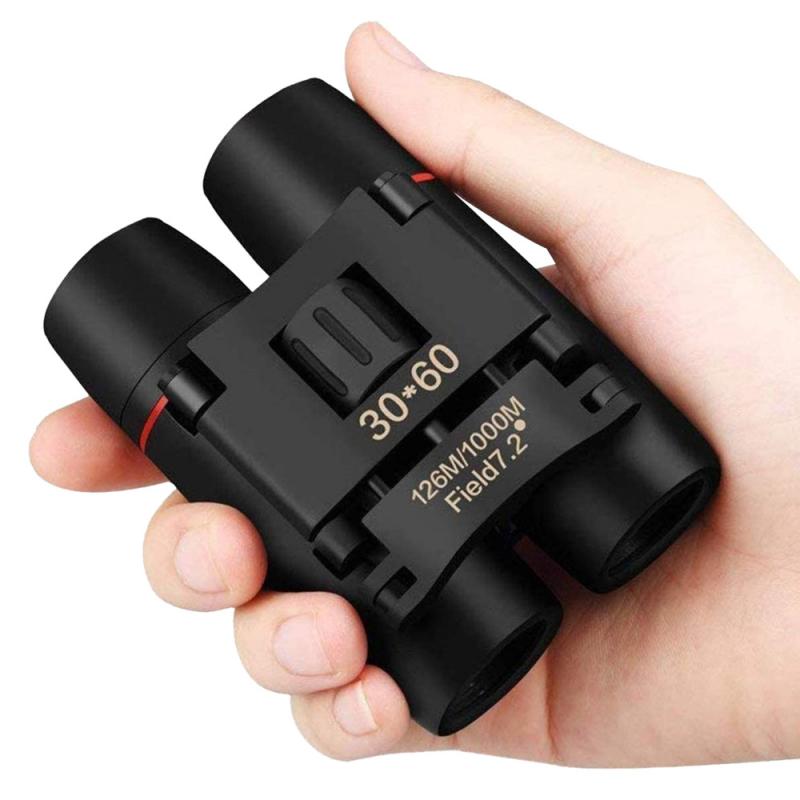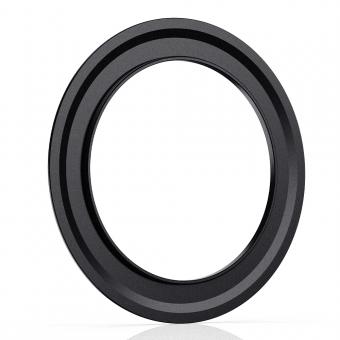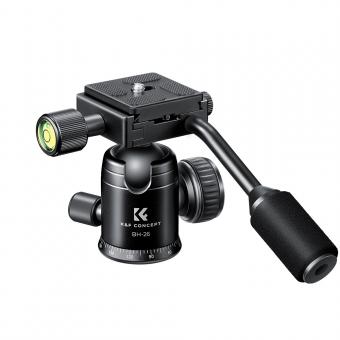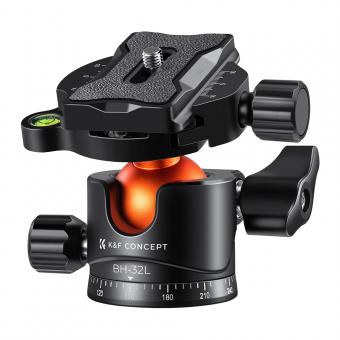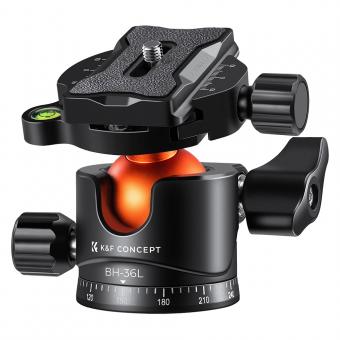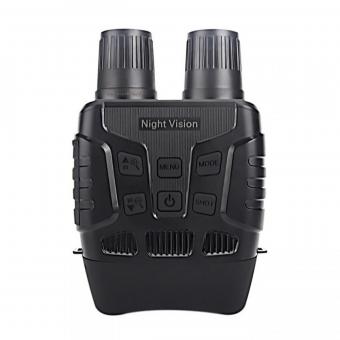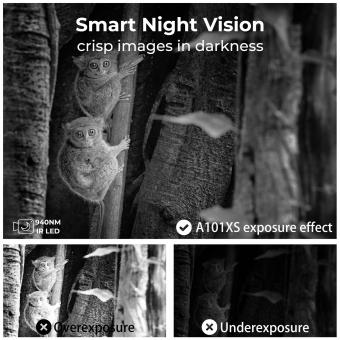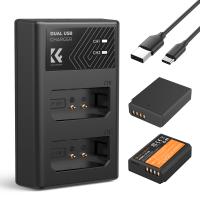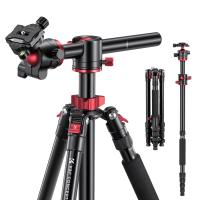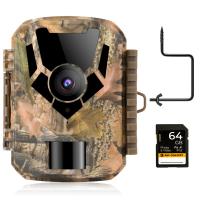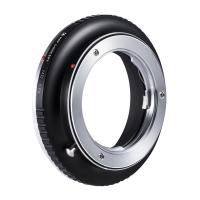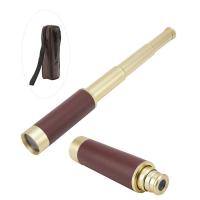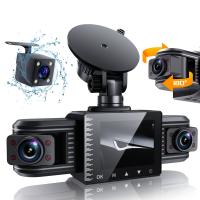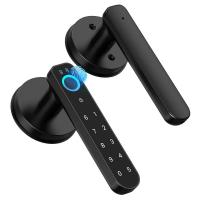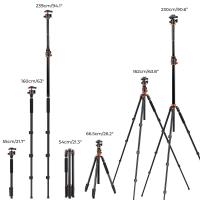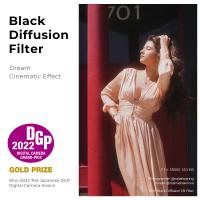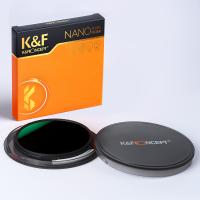What Is A Strong Binocular ?
A strong binocular refers to a binocular with high magnification power and excellent optical quality. It allows users to view distant objects with greater detail and clarity. Strong binoculars are commonly used for activities such as birdwatching, stargazing, wildlife observation, and even for military or surveillance purposes. They typically have larger objective lenses, which allow more light to enter the binoculars, resulting in brighter and clearer images. However, it is important to note that strong binoculars may also be heavier and bulkier compared to regular binoculars, making them less portable and requiring the use of a tripod or other stabilizing equipment for steady viewing.
1、 Magnification power
A strong binocular is one that possesses a high magnification power. Magnification power refers to the ability of the binocular to enlarge the image of the observed object. The higher the magnification power, the closer and more detailed the object appears. This is particularly useful for activities such as birdwatching, stargazing, or observing distant landscapes.
The magnification power of a binocular is denoted by a number, such as 8x or 10x. The first number represents the magnification, indicating how many times closer the object will appear compared to the naked eye. For example, an 8x binocular will make an object appear eight times closer. The second number represents the diameter of the objective lens in millimeters, which determines the amount of light the binocular can gather.
However, it is important to note that a higher magnification power does not always equate to a better binocular. While a strong magnification can provide a closer view, it also comes with certain drawbacks. Higher magnification can result in a narrower field of view, making it more difficult to locate and track moving objects. It can also make the image shakier, as even the slightest hand movement is magnified. Additionally, a higher magnification power often requires a larger and heavier binocular, which may not be as portable or comfortable to use for extended periods.
In recent years, there has been a shift towards finding a balance between magnification power and other factors such as field of view, image stability, and portability. Manufacturers are now focusing on developing binoculars with improved image stabilization technology, wider fields of view, and lighter materials. These advancements aim to provide users with a strong binocular that not only offers high magnification power but also delivers a comfortable and enjoyable viewing experience.
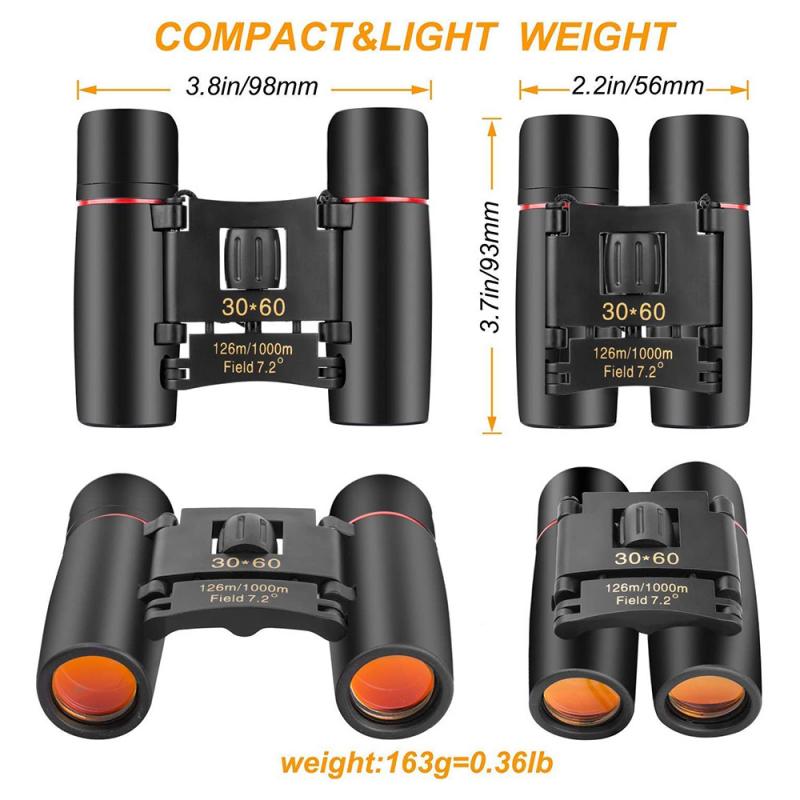
2、 Objective lens diameter
A strong binocular refers to a binocular that offers high magnification and excellent image quality. It allows users to observe distant objects with clarity and detail. One crucial factor that determines the strength of a binocular is the objective lens diameter.
The objective lens diameter is the size of the front lenses of the binocular, measured in millimeters. It plays a significant role in determining the amount of light that enters the binocular and ultimately affects the brightness and clarity of the image. Generally, the larger the objective lens diameter, the more light it can gather, resulting in a brighter and clearer image.
In recent years, there has been a growing trend towards larger objective lens diameters in binoculars. This is mainly due to advancements in lens and coating technologies, allowing manufacturers to produce binoculars with larger lenses without compromising portability. Binoculars with objective lens diameters of 42mm, 50mm, and even 56mm have become increasingly popular among outdoor enthusiasts, birdwatchers, and astronomers.
The larger objective lens diameter not only enhances the brightness of the image but also improves the overall image quality. It allows for better light transmission, reducing image distortion and improving color fidelity. Additionally, a larger objective lens diameter provides a wider field of view, allowing users to observe a larger area at once.
However, it is important to note that while a larger objective lens diameter can enhance the strength of a binocular, it also increases the size and weight of the device. This may impact portability and ease of use, especially for those who prefer lightweight and compact binoculars.
In conclusion, a strong binocular is one that possesses a larger objective lens diameter. This feature allows for better light transmission, resulting in brighter and clearer images. However, it is essential to consider the trade-off between image quality and portability when selecting a binocular with a larger objective lens diameter.
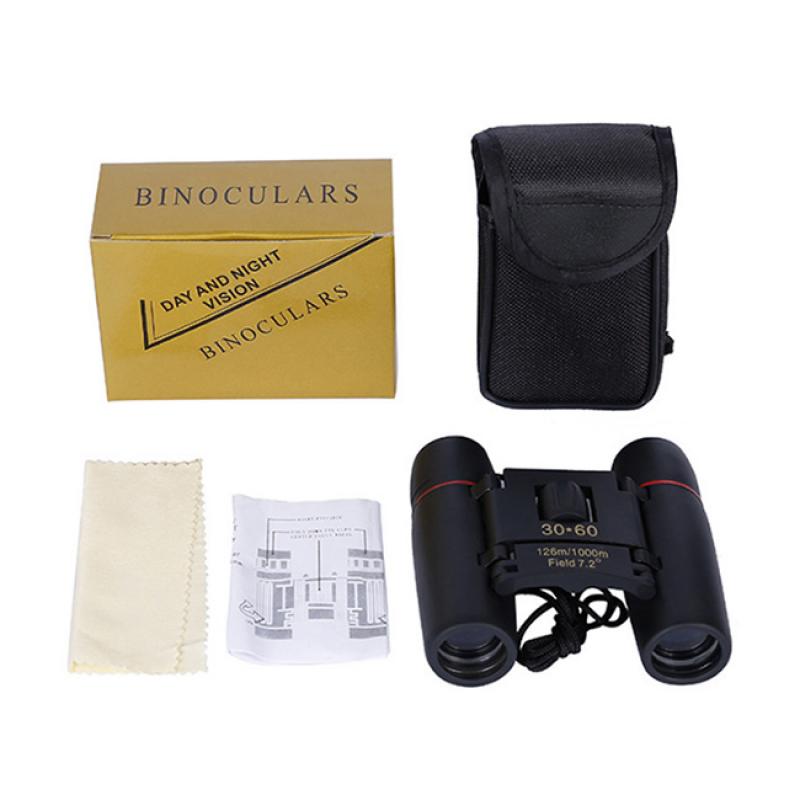
3、 Field of view
A strong binocular is a device that provides a powerful magnification and a wide field of view. The field of view refers to the area that can be seen through the binoculars at a given distance. It is an important factor to consider when choosing binoculars as it determines how much of the surrounding area can be observed at once.
A wide field of view is particularly beneficial for activities such as birdwatching, wildlife observation, and sports events, where it is important to capture a large area in a single glance. It allows the user to easily track moving objects and provides a more immersive viewing experience.
The latest advancements in binocular technology have led to the development of binoculars with wider fields of view. Manufacturers have been able to achieve this by incorporating high-quality optics, such as extra-low dispersion glass and multi-coated lenses, which enhance light transmission and reduce distortion. Additionally, improvements in lens design and coatings have also contributed to a wider field of view.
It is worth noting that a wider field of view often comes at the expense of magnification power. Binoculars with higher magnification tend to have narrower fields of view. Therefore, it is important to strike a balance between magnification and field of view based on the specific requirements of the user.
In conclusion, a strong binocular with a wide field of view is an essential tool for various outdoor activities. The latest advancements in binocular technology have allowed for wider fields of view, providing users with a more immersive and enjoyable viewing experience.
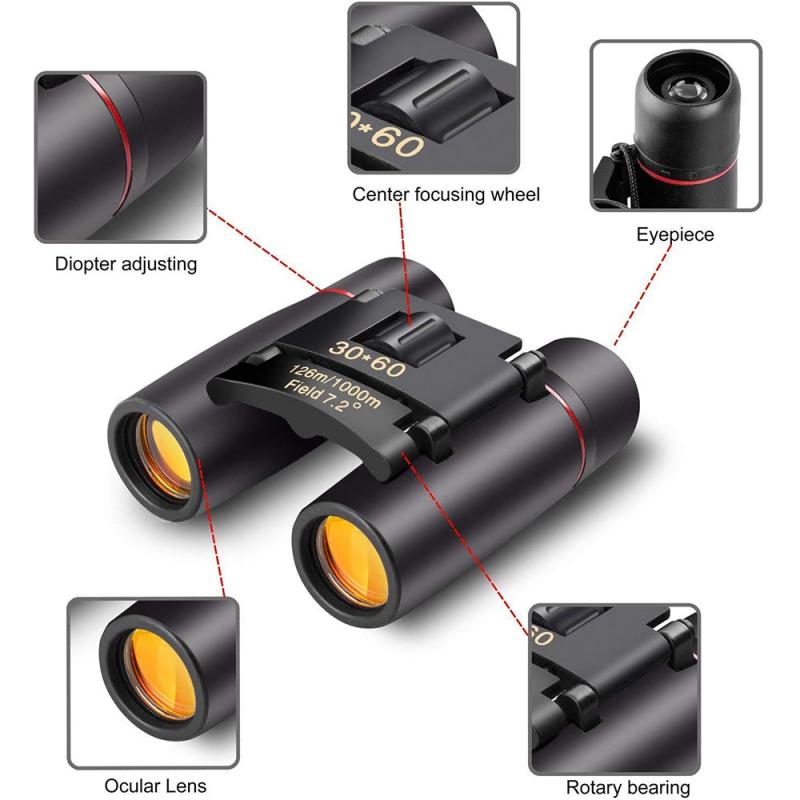
4、 Prism type (Porro vs. roof)
A strong binocular refers to a binocular that offers high magnification and excellent optical performance. When it comes to choosing a strong binocular, one important consideration is the prism type, which can greatly affect the overall quality of the binocular.
There are two main types of prisms used in binoculars: Porro prisms and roof prisms. Porro prisms are the traditional prism design and are known for providing better depth perception and a wider field of view. They are generally more affordable and offer excellent image quality. However, Porro prism binoculars tend to be bulkier and heavier compared to roof prism binoculars.
On the other hand, roof prisms are a more modern design and are known for their compact and lightweight construction. They offer a straight-through barrel design, making them more streamlined and easier to handle. Roof prism binoculars are also more durable and often have better water and fog resistance. However, they tend to be more expensive than Porro prism binoculars.
In recent years, there has been a significant improvement in the quality of roof prism binoculars. Advancements in prism coatings and optical technology have made roof prism binoculars comparable to Porro prism binoculars in terms of image quality. Additionally, manufacturers have been able to reduce the size and weight of roof prism binoculars without compromising on performance.
Ultimately, the choice between Porro prism and roof prism binoculars depends on personal preference and specific needs. Both types can offer strong binocular performance, and the latest advancements in roof prism technology have made them a popular choice among outdoor enthusiasts and birdwatchers.
